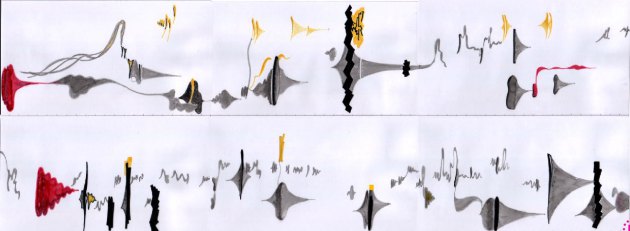🎧 Writing Sound 🎧

Editing and mixing techniques make it possible to shape and articulate the material fixed on a medium, combining, juxtaposing and confronting the various sequences, shots or objects in order to steer the musical discourse.
Many analogies can be drawn between the acousmatic arts and the video or film arts, because these are media-based arts that develop “the idea of a concrete language of things seen and heard through the prism of the microphone or the camera.”
[Pierre Schaeffer: Essay on Radio and Cinema, Aesthetics and Technique of Relay Arts (1941-42)]

Each concept is approached in the following way:
A short text defines each writing technique, illustrated by numerous examples and different viewpoints.
• excerpts from works in the electroacoustic repertoire,
• behind the scenes: videos showing the implementation of each technique in the concrete use of digital editing software.
Although the notions we will explore can be tackled separately and in no preset order, we have chosen to present them in the historical order of the electroacoustic composition process.
Indeed, the analog machines (reel-to-reel tape recorders, mixing consoles, outboard effects units and analog synthesizers...) that equipped creative studios at the dawn of musique concrète imposed a linear working process:
After “making” their sounds, composers performed various transformation and editing operations, which were then mixed, either to fix them or to re-inject them into the chain (edits, transformations…).
In the digital age, the workflow is more protean, and the ordering of the work is dictated by the composers’ personal methods, reflecting the boundless possibilities of creation.